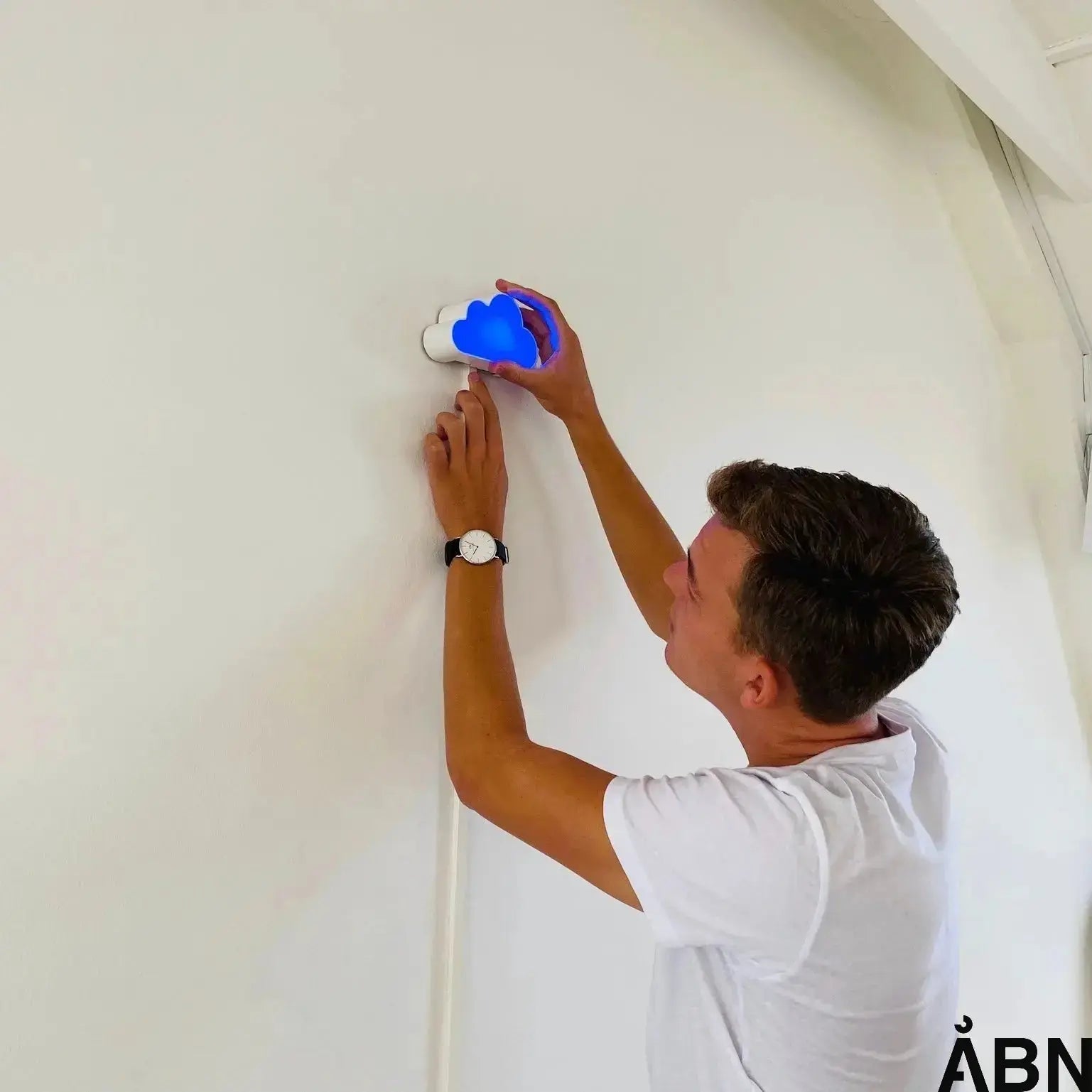How to strengthen your ability to concentrate
Have you ever sat in front of a task and felt like your brain was like a radio that changed channels on its own? You’re not alone. In an age of constant notifications, open office environments, and high demands for productivity, concentration has become a sought-after superpower. But luckily, it’s a skill we can train and strengthen – both as individuals and as organizations.
In this article, we delve into how to improve concentration – based on research, practice and experiences from everyday life in schools, offices and institutions. We also look at how indoor climate and technology play a surprisingly large role in our ability to focus. And we promise: It will be both concrete, human and actionable.
What is concentration – and why do we lose it?
Concentration is the ability to focus your attention on one task or thought at a time – and keep it there. It sounds simple, but in practice it is a complex cognitive process that involves the brain, the body and the environment.
We lose concentration when we become overstimulated, tired, hungry, stressed – or when our surroundings do not support focus. It can be noise, poor air quality, flickering lights or distractions from colleagues and children. The invisible guest, CO₂, also plays a role: When its levels rise, our cognitive performance decreases. It’s like trying to think clearly in a dense fog.
5 concrete ways to improve concentration
1. Do one thing at a time
Multitasking sounds effective, but research shows that it actually reduces our ability to focus and remember. When we switch between tasks, our brain uses energy to adjust – and that drains us. Instead, try working in focused blocks, where you only do one thing at a time. You might use the Pomodoro technique: 25 minutes of focused work followed by a 5-minute break.
2. Create an environment that supports focus
The indoor climate is one of the most overlooked factors when it comes to concentration. Poor air quality, high CO₂ levels and fluctuating temperatures affect our brain function. According to the Danish Health Authority, there is a clear connection between cognitive functions and environmental factors.
At ÅBN, we work to make the indoor climate visible and understandable – with intuitive sensors and dashboards that show CO₂ levels, temperature and humidity in real time. Our solution, The Cloud, makes it easy for both children and adults to understand when it is time to air out or adjust the indoor climate. It is like a weather forecast for the air indoors – and an important ally in the fight for better concentration.
3. Get moving – and get your brain moving
Regular exercise improves blood flow to the brain and strengthens the parts responsible for attention and memory. It doesn't have to be a marathon – a walk during lunch break or a few stretches throughout the day can make a big difference. In schools and institutions, it is often seen that short breaks in movement increase children's ability to concentrate afterwards.
4. Eat and sleep for better focus
The brain is an energy-intensive organ. It needs fuel in the form of a healthy diet and adequate sleep. Avoid large amounts of sugar and caffeine, which can provide a short-term energy boost but are followed by fatigue and difficulty concentrating. Instead, prioritize a balanced diet with whole grains, vegetables, healthy fats, and proteins.
Sleep is just as important. According to research in cognition, sleep is crucial for the brain’s ability to process information and stay focused. Adults should aim for 7–9 hours of sleep per night, while children and adolescents need even more.
5. Train your attention with mindfulness
Meditation and mindfulness aren’t just for yoga teachers. They are well-documented methods for improving concentration and reducing stress. By training your attention – for example, by focusing on your breath for a few minutes – your brain learns to stay in the present moment and not get carried away by distractions.
Several schools and workplaces have introduced short mindfulness exercises as part of everyday life. It doesn't require much – but can give a lot in return.
The role of indoor climate in concentration – the invisible factor
Imagine you’re sitting in a conference room. The air is heavy and you start to yawn. It’s not necessarily because the topic is boring – it could be the CO₂ levels that have increased. When we breathe air with high CO₂ content, our ability to think clearly, make decisions and stay focused decreases.
At ÅBN, we call CO₂ “the invisible guest.” It’s there, but we only notice it when it’s too late. That’s why we’ve developed solutions that make it easy to see when the indoor climate is affecting our concentration – and to act on it. Our technology helps schools, offices and institutions create a healthier and more focused environment.
Read more about how we work with behavior change and documentation in practice.
Concentration in schools and workplaces
For children at school, concentration is essential for learning. For adults at work, it is key to productivity and well-being. But both places often struggle with the same challenges: noise, poor air quality, distractions and lack of breaks.
Facility managers and decision-makers in both the public and private sectors have an important role in creating a framework that supports focus. It's not just about furniture and technology – it's about understanding how people function best. And here, the indoor climate is one of the most effective – and overlooked – levers.
Future focus starts with understanding
At ÅBN, we believe that the path to better concentration starts with insight. When we understand how our surroundings affect us, we can begin to change them. Our mission is to make indoor climate as understandable as the weather forecast – and to give both children and adults the tools to act on it.
We work closely with schools, municipalities and companies to create solutions that not only measure – but also motivate. Because when we can see how the air affects us, it becomes easier to take responsibility for it. And this is where concentration begins to flourish.
FAQ: Frequently Asked Questions about Concentration
How do you improve concentration in children?
Children need structure, breaks, movement and a good indoor climate to be able to concentrate. Short, focused work periods, combined with play and movement, are often more effective than long sedentary hours. Visualizing the indoor climate – as with ÅBN's solutions – can also help children understand when it is time to go outside or take a break.









